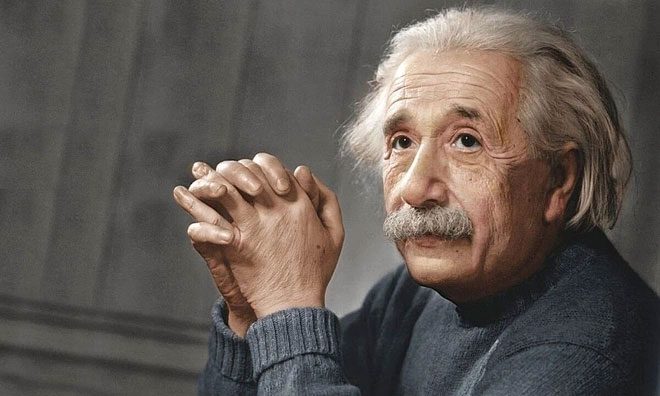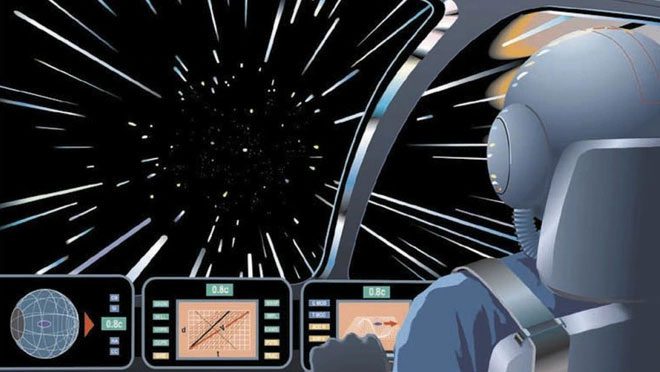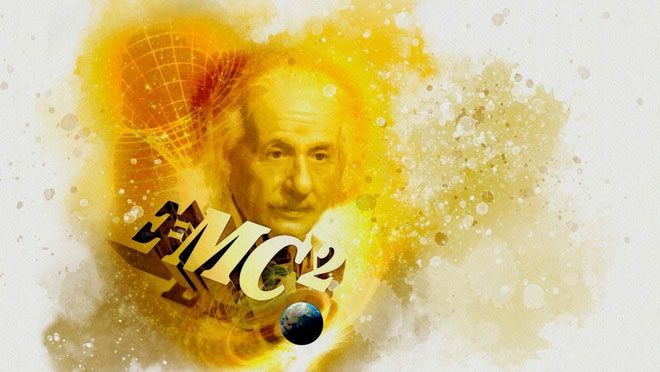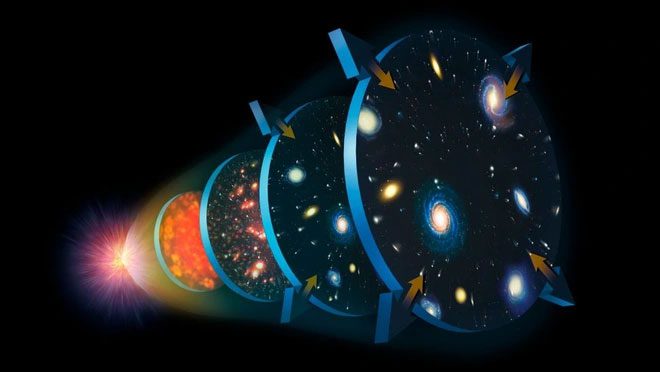Albert Einstein (1879-1955) is one of the most renowned scientists of all time, to the extent that his name has become synonymous with the term “genius.”
Einstein’s World-Changing Discoveries
In 1921, Albert Einstein was awarded the Nobel Prize in Physics. Since the theory of special relativity was still a contentious topic, the Nobel Committee recognized him for his explanations of the photoelectric effect and his contributions to physics.

Albert Einstein.
It wasn’t until later that the profound impact of his theory of relativity became clear. Thanks to Einstein, our understanding of the universe has completely transformed, ultimately shaping the world we live in today.
1. The Relationship Between Space and Time
One of Einstein’s earliest achievements at the age of 26 was the theory of special relativity. It is called “special” because it addresses relative motion in particular cases where gravitational forces are neglected.
This may sound innocuous, but it was, in fact, one of the greatest scientific revolutions in history, fundamentally changing how physicists think about space and time.
Previously, we viewed space and time as completely separate entities, measured in different units such as kilometers or seconds.
However, Einstein demonstrated how they could actually interchange, linked through the speed of light, which is approximately 300,000 kilometers per second.

Illustration.
The most famous consequence of special relativity is that nothing can travel faster than light. But it also means that strange things start to happen as one approaches the speed of light.
For example, if you could see a spaceship moving at 80% the speed of light, it would appear about 40% shorter than when it is at rest.
If you could look inside this spaceship, everything would seem to be moving slowly, with a minute taking about 100 seconds to pass, according to HyperPhysics at Georgia State University.
This means that the crew of the spaceship would actually age slower as they move faster.
2. E = mc²

The famous equation that has become a symbol of Einstein.
An unexpected offshoot of the theory of special relativity is Einstein’s famous equation E = mc². This may be the only mathematical formula to reach the status of a “cultural icon.”
It is so well-known because the equation represents the equivalence of mass (m) and energy (E)—two physical quantities previously thought to be completely separate.
In traditional physics, mass measures the amount of matter in an object, while energy is a property that an object gains due to its motion and the forces acting upon it.
However, Einstein’s equation states that mass and energy are fundamentally the same, provided you multiply the mass by c² (the square of the speed of light, a very large number), ensuring the result is expressed in energy units.
3. Laser Technology

The stages of stimulated emission in a laser cavity. (Photo: Getty Images)
Lasers are an essential component of modern technology. They have numerous applications, from barcode scanners and laser mice to 3D imaging and fiber optics.
Although lasers are not typically associated with Einstein, some of his research laid the groundwork for their feasibility.
In 1959, the concept of a laser emerged, which stands for “Light Amplification by Stimulated Emission of Radiation.” Meanwhile, stimulated emission is a concept that Einstein developed over 40 years earlier, according to the American Physical Society.
Einstein recognized that new photons would move in the same direction, with the same frequency and phase as the original photons. This led to the “cascade effect,” where more and more nearly identical photons are generated.
4. Black Holes and Wormholes
Einstein’s theory of special relativity suggested that “spacetime” could lead to some bizarre occurrences, even in the absence of a gravitational field.

Cosmic black holes.
He discovered that massive objects like planets and stars actually warp the structure of “spacetime.” This warping creates effects that we perceive as gravitational force.
Einstein explained general relativity through a set of complex equations, which have numerous applications.
Perhaps the most famous solution based on Einstein’s equations comes from Karl Schwarzschild’s solution in 1916, where he mentioned a black hole in the universe.
Additionally, a solution that Einstein himself developed in 1935 described the possibility of shortcuts from one point in “spacetime” to another.
This concept was originally named the Einstein-Rosen Bridge (with Rosen being Einstein’s colleague Nathan Rosen). Today, they are more commonly known as wormholes.
5. The Expansion of the Universe

The structure of space appears to always be in a state of continuous expansion. (Illustration).
One of the first things Einstein did with his own equations of general relativity in 1915 was apply them to the universe.
However, there was one problem he could not explain: the structure of space seemed to always be in a state of continuous expansion. The consequence was that it affected galaxies, causing the distance between them to continually increase.
Noticing something was amiss, Einstein added a concept called the cosmological constant to his equations to create a static, stable universe.
6. Atomic Bomb

Image of a nuclear bomb explosion. (Photo: Getty Images)
Although not directly, Einstein is credited with the “invention” of nuclear weapons through his equation E = mc².
In fact, Einstein played a significant role in the actual development of the first atomic bombs.
In 1939, Einstein sent a letter to U.S. President Franklin D. Roosevelt discussing the possibility of nuclear fission and the horror that could ensue if Nazi Germany obtained such weapons.
The consequence of this famous letter was the establishment of the “Manhattan Project”—the project that created the first atomic bombs used against Japan at the end of World War II.
7. Gravitational Waves

In February 2016, scientists announced the discovery of gravitational waves. (Illustration).
Einstein died in 1955, but his immense scientific legacy continues to attract attention even in the 21st century.
This was evident in February 2016 with the announcement of the discovery of gravitational waves—a consequence of general relativity.
Gravitational waves are tiny ripples that travel through the fabric of “spacetime,” and it has even been claimed that Einstein “predicted” their existence, although he never explicitly discussed the concept.


















































